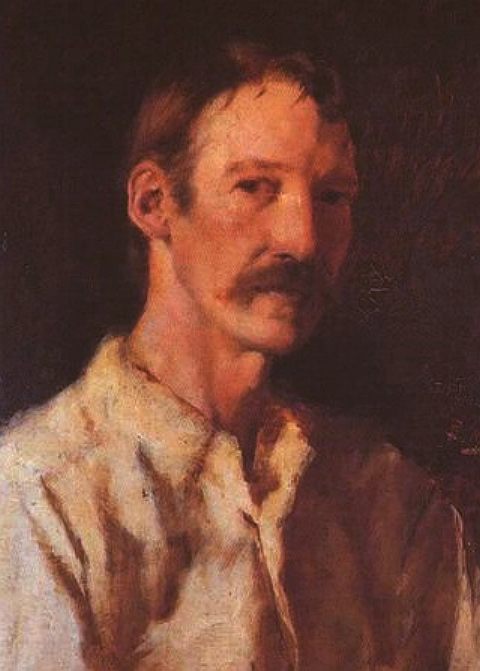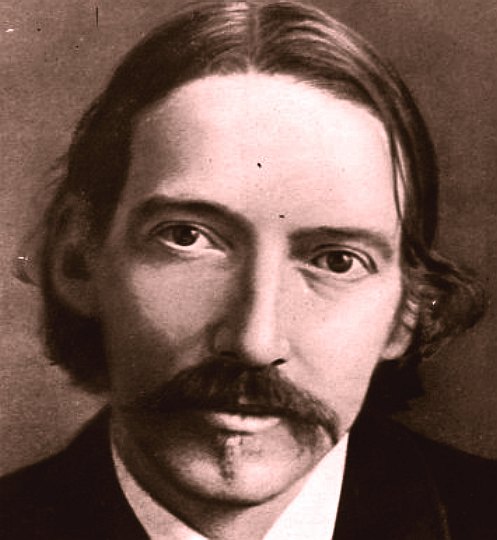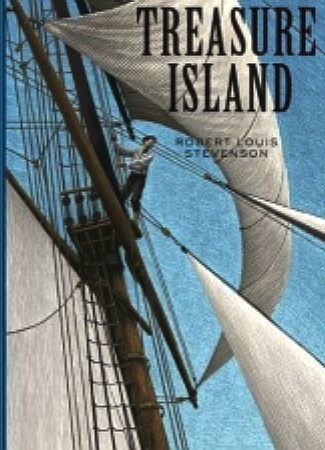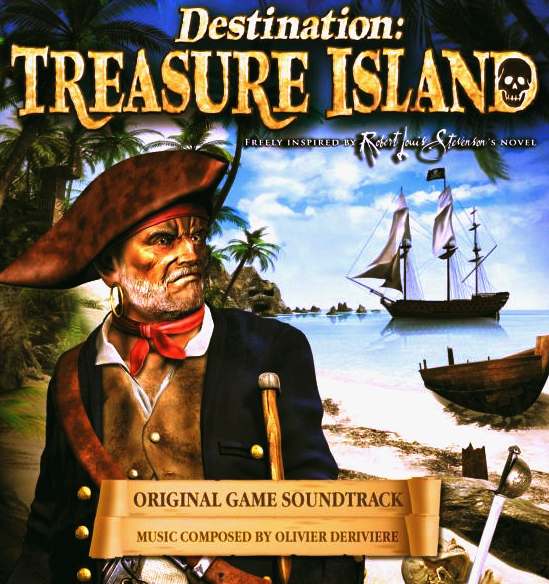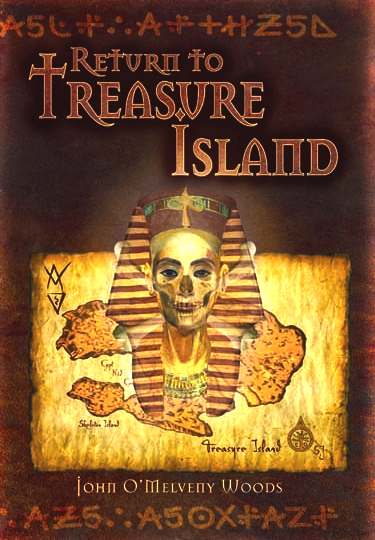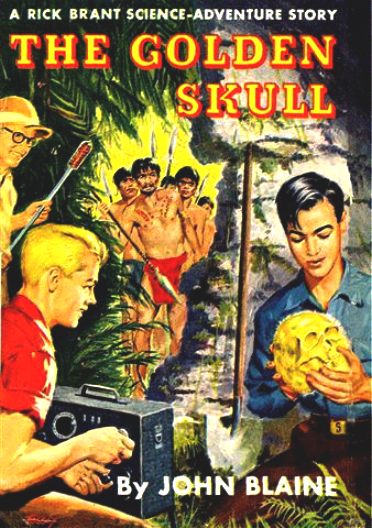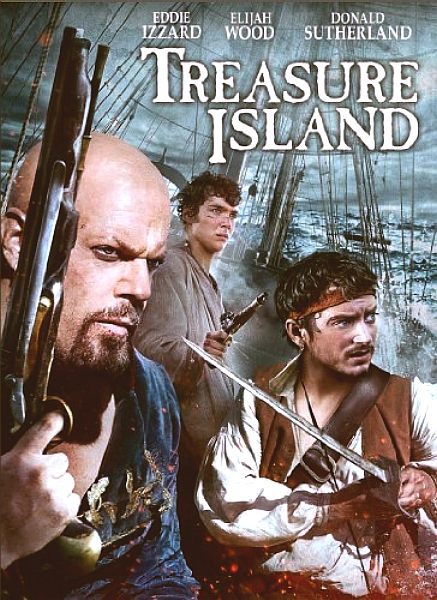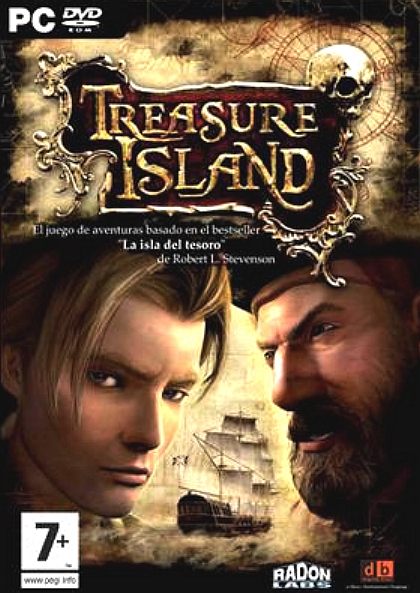|
Robert Louis Stevenson
|
|||
|
Robert Louis Stevenson wrote one of my all time favourite stories. I'm sure many of you will agree that Treasure Island has to be one of the best books of all time. As a child it inspired me, filling my head with pirates and riches. I verily boarded the Hispaniola myself.
Robert Louis Balfour Stevenson (13 November 1850 – 3 December 1894) was a Scottish novelist, poet, essayist, and travel writer. His most famous works are Treasure Island, Kidnapped, and the Strange Case of Dr Jekyll and Mr Hyde - all brilliant stories stretching creativity to the max.
EARLY WRITINGS & TRAVELS
In late 1873, on a visit to a cousin in England, Stevenson met two people who were to be of great importance to him, Sidney Colvin and Fanny (Frances Jane) Sitwell. Sitwell was a 34-year-old woman with a son, separated from her husband. She attracted the devotion of many who met her, including Colvin, who eventually married her in 1901. Stevenson was also drawn to her, and over several years they kept up a heated correspondence in which Stevenson wavered between the role of a suitor and a son (he came to address her as "Madonna"). Colvin became Stevenson's literary adviser and after his death was the first editor of Stevenson's letters. Soon after their first meeting, he had placed Stevenson's first paid contribution, an essay entitled "Roads," in The Portfolio.
Stevenson was soon active in London literary life, becoming acquainted with many of the writers of the time, including Andrew Lang, Edmund Gosse, and Leslie Stephen, the editor of the Cornhill Magazine, who took an interest in Stevenson's work. Stephen in turn would introduce him to a more important friend. Visiting Edinburgh in 1875, he took Stevenson with him to visit a patient at the Edinburgh Infirmary, William Ernest Henley. Henley, an energetic and talkative man with a wooden leg, became a close friend and occasional literary collaborator, until a quarrel broke up the friendship in 1888. Henley is often seen as the model for Long John Silver in Treasure Island.
THE PACIFIC TRIP
In June 1888 Stevenson chartered the yacht Casco and set sail with his family from San Francisco. The vessel "plowed her path of snow across the empty deep, far from all track of commerce, far from any hand of help." The sea air and thrill of adventure for a time restored his health, and for nearly three years he wandered the eastern and central Pacific, stopping for extended stays at the Hawaiian Islands, where he spent much time with and became a good friend of King Kalākaua. He befriended the king's niece, Princess Victoria Kaiulani, who also had a link to Scottish heritage. He spent time at the Gilbert Islands, Tahiti, New Zealand and the Samoan Islands. During this period he completed The Master of Ballantrae, composed two ballads based on the legends of the islanders, and wrote The Bottle Imp. He witnessed the Samoan crisis.
He preserved the experience of these years in his various letters and in his In the South Seas (which was published posthumously), an account of the 1888 cruise which Stevenson and Fanny undertook on the Casco from the Hawaiian Islands to the Marquesas and Tuamotu islands. An 1889 voyage, this time with Lloyd, on the trading schooner Equator, visiting Butaritari, Mariki, Apaiang and Abemama in the Gilbert Islands, (also known as the Kingsmills) now Kiribati. During the 1889 voyage they spent several months on Abemama with the tyrant-chief Tem Binoka, of Abemama, Aranuka and Kuria. Stevenson extensively described Binoka in In the South Seas.
MODERN
RECEPTION
The
late 20th century saw the start of a re-evaluation of Stevenson as an
artist of great range and insight, a literary theorist, an essayist and
social critic, a witness to the colonial history of the Pacific Islands,
and a humanist. Even
as early as 1965 the pendulum had begun to swing: he was praised by
Roger Lancelyn Green, one of the Oxford Inklings, as a writer of a
consistently high level of "literary skill or sheer imaginative
power" and a co-originator with H. Rider Haggard of the Age of the
Story Tellers. He is now being re-evaluated as a peer of authors such as
Joseph Conrad (whom Stevenson influenced with his South Seas fiction),
and Henry James, with new scholarly studies and organisations devoted to
Stevenson. No matter what the scholarly reception, Stevenson remains
popular worldwide. According to the Index Translationum, Stevenson is
ranked the 26th most translated author in the world, ahead of fellow
nineteenth-century writers Oscar Wilde and Edgar Allan Poe.
MANUSCRIPTS
Anita
Blake - Guilty Pleasures Batman
- Catwoman
- John
Storm - Kulo Luna Ironman
- Superman
- Tin
Tin - X
Men -
New energy drinks for performers .. Thirst for Life
330ml Earth can - the World in Your Hands
|
|||
|
This website is Copyright © 1999 & 2025 Electrick Publications. The name Solar Navigator and Solar Cola and trademarks. All rights reserved. Max Energy is an educational charity.
|
